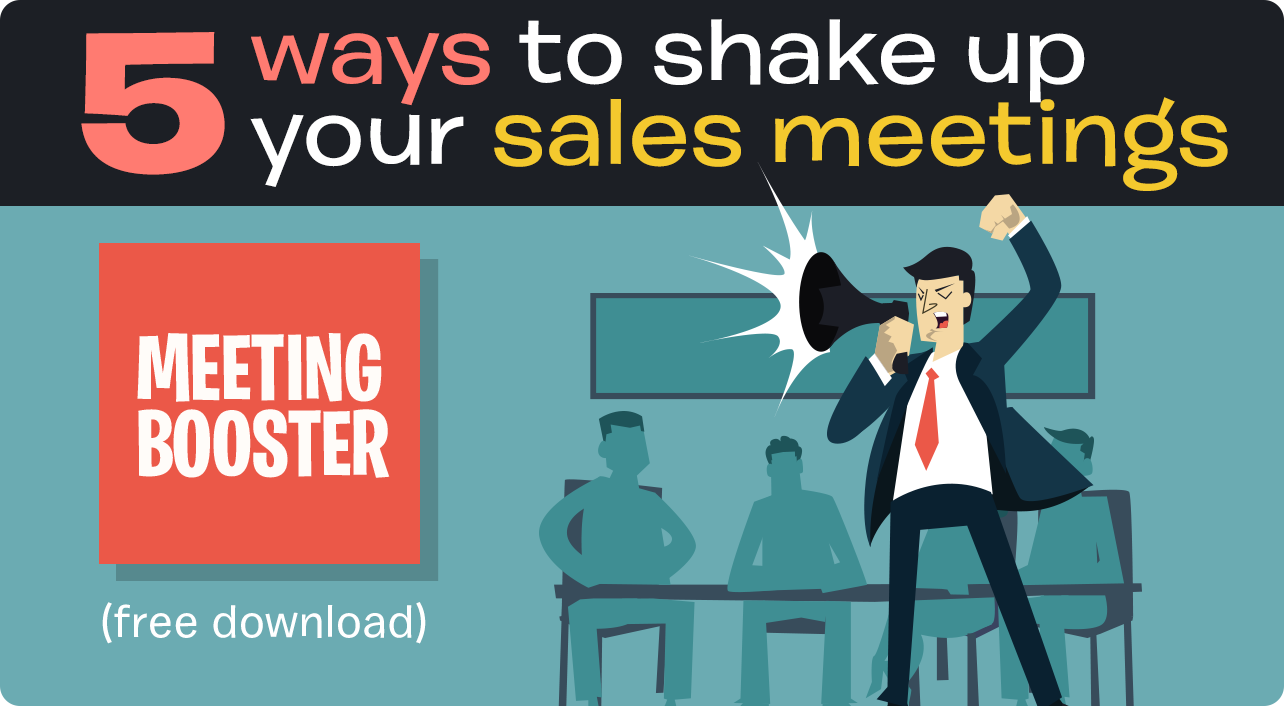- sales
- Blog post
How to protect your sales from buyers’ corporate politics
You don’t to be in sales very long to run into deal-killing corporate politics. Politics is found to some degree in nearly any organization.
Just because you can’t see the politicking doesn’t mean it isn’t there. Savvy corporate politicians do their best work in private.
In fact, you need to be particularly mindful of hidden agendas and the “informal org chart” at any company that makes a point of emphasizing “we don’t play politics here.” Particularly if the CEO says it.
You’ll be ahead of the game and win more business if you assume politics is present with any buyer, and take it into account in your selling strategy.
Your goal is to protect your sale. Politics is rarely going to win a deal. But it can – and often does – kill a deal.
The politics of influence
When we talk about the politics of the sale, we are not talking about you taking part in infighting, jockeying for the CEO’s favor, or backstabbing rivals. Even if you wanted to engage in such behavior, it’s likely to hurt more than help. As an outsider, you don’t have the political capital to pull it off.
The other part of politics, however, involves influence – getting people to willingly support what you want to do.
A simple example: If Jack is Bob’s boss, Jack can simply order Bob to help him out. But if Bob is manager of another department, and Jack needs Bob’s help, he needs to influence Bob, perhaps by suggesting some “win-win” arrangement. The payoff for both involves, ideally, business as well as personal advancement.
Clearly, in a sales setting, you cannot tell anyone what to do. Your objective is to influence others to give you the insight you need, and help them convince others to look at your solution favorably.
See what’s invisible
How can you go about it? As mentioned, you need to assume influence is present, and “reverse engineer” from observable results.
Identify interest groups and then devise and execute political strategies to bring them together into a winning coalition.
To identify the interest groups, ask contacts or even other sales reps about previous purchases, initiatives or projects.
For those past sales, you can figure out whom to influence. Where did the budget come from? Who made the decisions? Who gained the most benefit, on the business or personal side?
Chances are the names that surface will represent powerful interests – whether or not they are in the “official” chain of command.
Connect the dots
Start making associations. For example, perhaps you learned that Dot Matrix, who runs the IT department, led a successful CRM initiative last year that jumped in front of others that were previously budgeted.
Why would that happen? Perhaps the Sales Director benefited from a CRM overhaul? Maybe customer service had a hand in it? Perhaps the CFO wanted to improve financial forecasting?
Clearly, Ms. Matrix is an influencer. But she was probably influenced as well. The challenge, of course, is to find out what she gained, who influenced her in turn, and how they in turn benefited.
Identify such connections, and you’ll begin to see how decisions really get made and who needs to be on your side as you move your sale forward.
Build your own org chart
As the saying goes, “you can’t tell the players without a scorecard.” In this case you want to build as complete an org chart as you can.
Use colored markers to highlight members of workgroups that have power. Draw dotted lines to illustrate informal connections.
You should see patterns emerge and gain clarity around the most important influencers to target.
Target the right people
Find out as much as you can about these key influencers and decision makers.
How do they decide things? Who are they aligned with in the organization? How do they impact others? What’s the benefit for them to support your efforts?
Your objective is to get them to at least support you, but even better to champion your cause internally, by influencing others in their circle.
For best results, of course, you want to zero in on their business and personal goals.
Complete this statement: “This person will influence a positive decision on this deal because_________.”
With this information in hand, you’ll know whom you have to lobby, and how to appeal to their interests. You want every touch point, from phone calls to e-mails to presentations, to prove you can advance their business and personal goals.
Source: Based in part on “How Winners Sell,” by Dave Stein. Visit www.davesteinsblog.com

Get a demo of all our training features
Connect with an expert for a one-on-one demonstration of how Rapid Learning can help develop your team.



